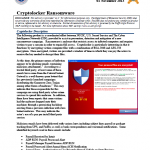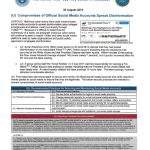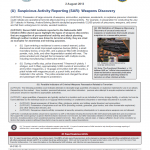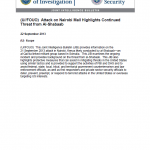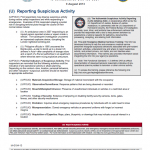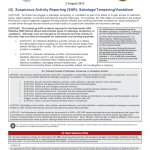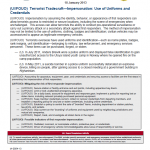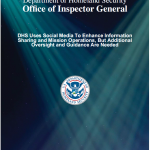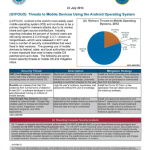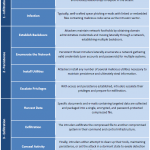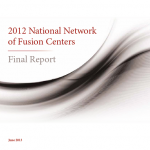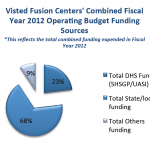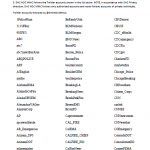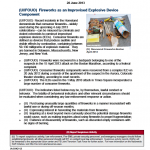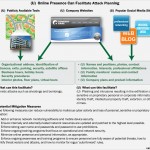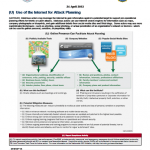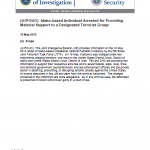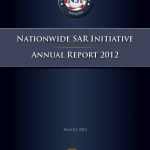
Over the past year, the NSI PMO has continued its implementation efforts and outreach to NSI stakeholders to help ensure that law enforcement and homeland security partners are afforded another tool to help identify and prevent terrorism and other related criminal activity. The ongoing collaboration among DOJ, DHS, the FBI, SLTT partners, and the National Network of Fusion Centers has strengthened, allowing the NSI to expand its nationwide information sharing capability. As of March 2013, 73 fusion centers have met the requirements outlined by the NSI PMO to be fully NSI-Operational—an increase of 5 centers from the same time last year—and all 78 fusion centers now maintain the capability to contribute and share suspicious activity reports through the Shared Space or eGuardian. This expansion of the NSI has allowed the Federated Search Tool to be accessed by more trained users—increasing the number of searches to more than 76,400—and more than 25,900 Information Sharing Environment (ISE)-SARs had been submitted and shared by the end of March 2013. Further, with the support of the National Network of Fusion Centers, 46 states and the District of Columbia are participating in statewide implementation of the NSI; implementation efforts are currently under way in Guam, Puerto Rico, and the U.S. Virgin Islands to ensure a strengthened nationwide capacity for sharing ISE-SAR information.
Read more →
